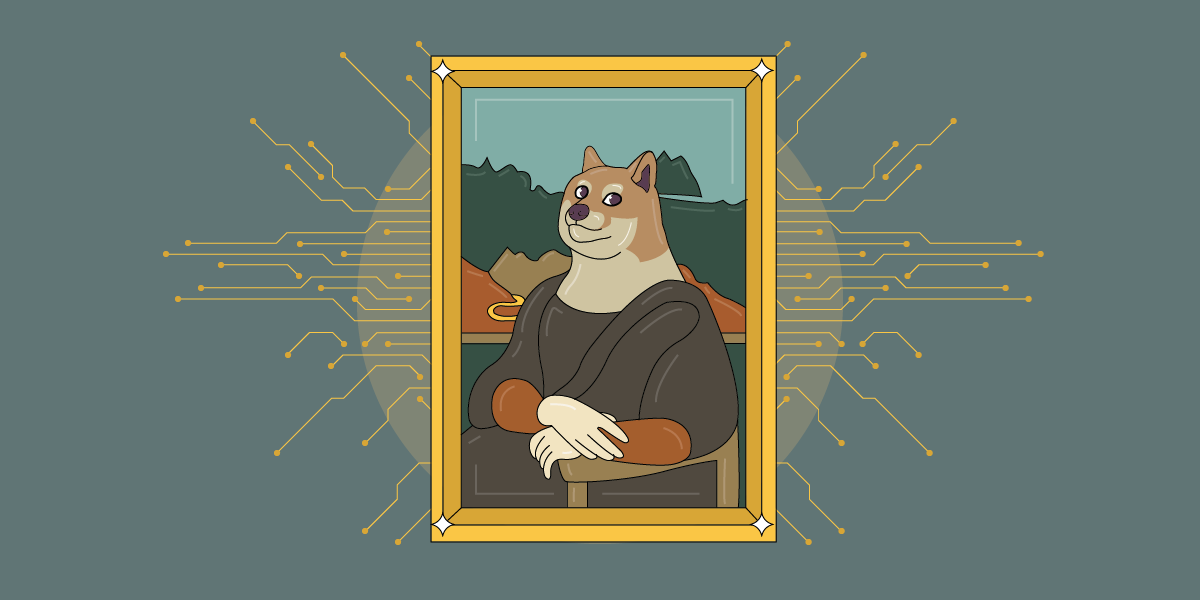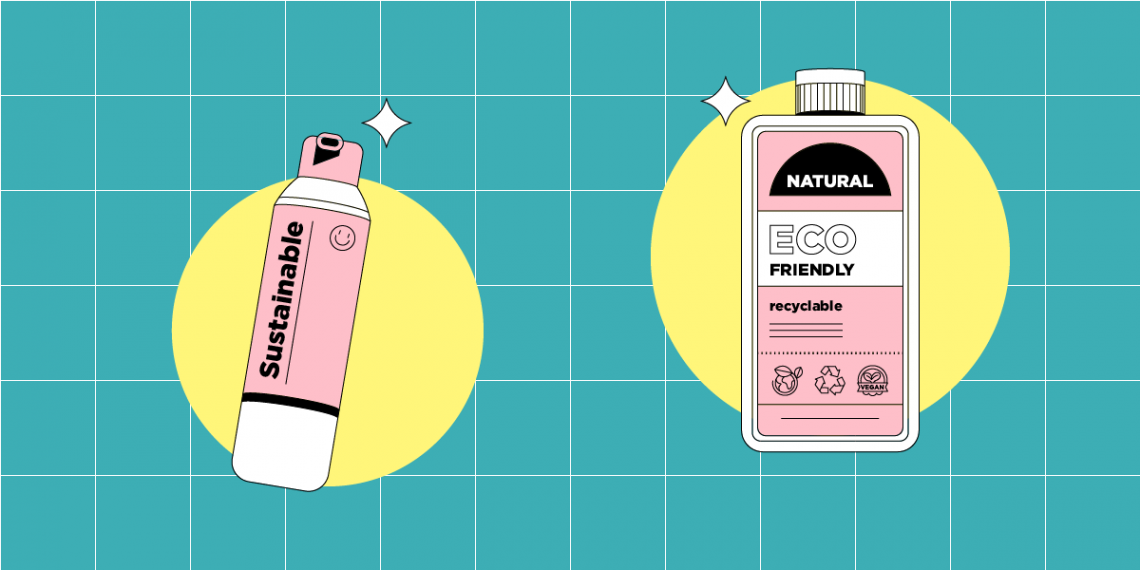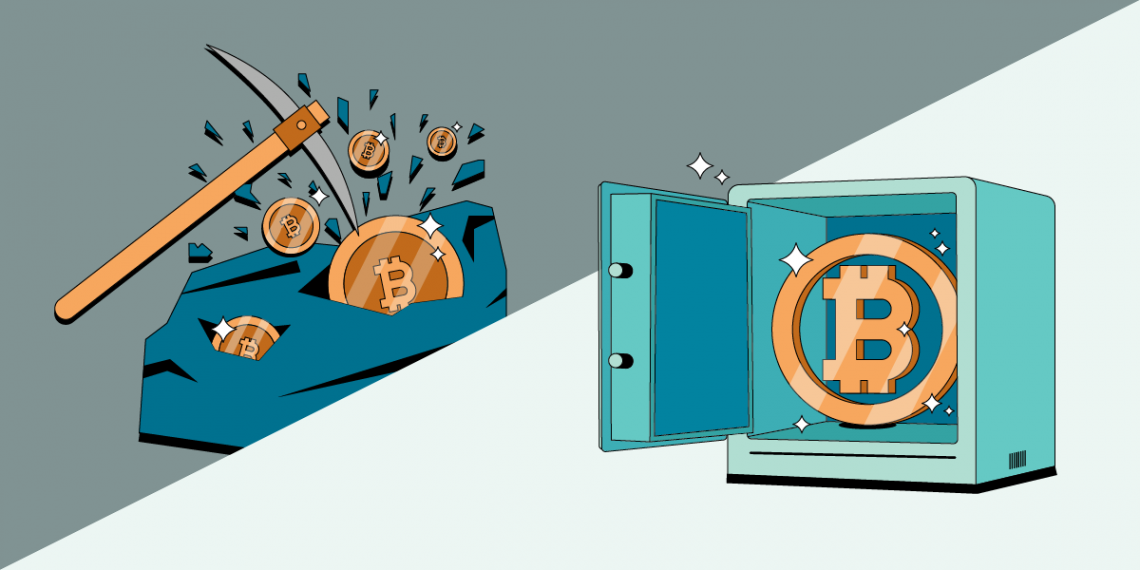Non Fungible Tokens are becoming the epicenter of the next gold rush. Will there be another bubble burst or not, we can just speculate. These digital collectibles are creating a real hype and transforming the way we value things. But isn’t that what any innovation does – change the way we behave? It doesn’t matter if you believe in the whole concept of NFTs, it is impossible to stay indifferent about the subject matter. If this is the first time you’re hearing about them, you will undeniably have an opinion by the end.
Now, the first impression during the pandemic was that everything went dormant, that the global economy stood still and that the whole world went under lockdown. A lot of industries did suffer a setback but now we are starting to see that despite that, some trends skyrocketed. Cryptocurrency and blockchain technology aren’t a novelty and it seems that they are slowly but surely becoming mainstream, if not in the real world, then in the virtual for certain, and we are hearing a lot more about metaverse, virtual events and non-fungible tokens. NFTs are based on blockchain technology, and they are unique digital assets. Anything from art, audio and video files, text, in-game items, basically anything that could be collected, and people love to collect all sorts of things.
The mind boggling question is – why pay when you can have it for free? People spend enormous amounts of money on NFTs, and yet everyone else seems to be able to enjoy them for free. The thing is that every NFT has a signature that can be verified, and people who buy them get a digital certificate of ownership and authenticity, or in other words- they gain the rights to the unique token. The tokens are unique, and one of a kind. Blockchain technology allows for the validity and ownership to be tracked so that ensures that there can only be one real owner. But one problem with this is that 1 non-fungible token can exist on one blockchain, but that doesn’t limit the seller from offering it on another blockchain. The other problem is that although you are the solemn owner, and you have the undeniable proof to back it up, the storage isn’t 100% secure. This is because although the blockchain does have a permanent record, it usually uses storage solutions such as Google Cloud or Amazon Web Services, and if the servers go down, or have some malfunction, your NFT can simply vanish. Poof!
And again, why spend all that money? Well to understand it in simpler terms, the real Mona Lisa is priceless, but you can also get a copy at the gift shop for just a few bucks. The difference is that there is only one real Mona Lisa, and a countless number of copies. That’s why we attribute such a high value to fungible things. Because of their scarcity, sometimes real, sometimes artificially created. How we value things is shifting because of new technologies, so you can imagine everyone’s surprise when 1 JPEG, a digital collage of Beeple, got sold for a staggering figure of $69.3 million USD! And Jack Dorsey’s 1st tweet went as high as $3 million USD!
Another argument to support the high value of NFTs is simply – why not? Why not pay ridiculous amounts of money when you simply can. We see people flexing with physical items all the time so why would this be any different, when we are spending perhaps 50% or more of our time online. Why not show off in the virtual world as well. It can be a status symbol, and part of your identity, a social currency. But that is the catch, the community validates and attributes value, and without it, without the community, NFTs would simply be worthless. As the online communities grow and evolve, so does the craving for NFTs.
The boom in the gaming industry has also sparked interest for NFTs, and if we combine that with the expansion of the metaverse we are talking big numbers. According to Bloomberg’s Intelligence Report, the intertwined world of gaming itself and metaverse expansion may elevate the growth of $800 billion USD by 2024. If we look at the NFT market alone, it exploded in 2020, reaching a market value of around $338 million USD, as opposed to 2018. and $41million USD. With NFTs in the game, plenty of new opportunities are opening up, both for gaming characters themselves and their evolution, but also all kinds of accessories and other in-game items. The fashion industry has already caught on with the trend, creating their own NFTs.
The excitement about these digital tokens is amongst everyone, even the celebrities such as Katy Perry, Jay-Z, and Shaq. Even organizations such as the NBA and fashion powerhouse Louis Vuitton are in on it. It is certainly a great opportunity for many artists to sell their art and become known now only in the art world but worldwide and for them this trend might be just perfect.
The virtual financial system and virtual economy are booming so we will be seeing a lot of new technologies that will allow almost any transaction in the virtual world to be the same as in the physical world. Slowly the lines between digital and real are being blurred. Another step towards bringing these two worlds closer is the 4K platform. The main idea is to allow for physical assets to be brought onto the blockchain. Minting non-fungible tokens that represent physical goods will create new opportunities. But the holder cannot possess both the token and the physical good because upon redemption the NFT is destroyed. Similar crossovers are occurring across the network. NFTfi allows users to mortgage their NFTs in exchange for other cryptocurrencies, allowing them to sell this currency for cash. So it looks like there will be plenty of new opportunities for mixing and matching NFTs, physical goods, cash and cryptocurrency. And who knows what will be next, since you can already buy real estate in the metaverse.
Now let’s talk about the elephant in the room. These are all seemingly too good of opportunities, and even if we could know for sure that there won’t be any bubble burst, just this exponential growth, the biggest problem is the huge amounts of energy consumption. All these machines need a lot of energy to operate and since most energy sources used are fossil fuel and other non-renewable sources, this leaves a massive carbon footprint. Maybe next time you think about an NFT, think about which endangered species would that mean one less. In the end, we could be that endangered species judging by the rapid and perhaps irreversible climate change. If we talk from a different perspective in numbers, Etherium’s annual energy consumption is roughly the same as Nigeria’s. And the number one, Bitcoin – consumes more electricity annually than the whole of Argentina, which is the 8th largest country by land in the world. These virtual worlds are noticeably leaving a bigger carbon footprint than physical goods. There are always exceptions, but for the long run, switching to renewable energy sources will be the only way to continue, otherwise, there won’t be either a virtual or a real world.
All this, apart from the carbon footprint, seems quite exciting. If you are a gamer, your gaming experience will certainly be enhanced, and on the next level. If you are an artist, this opens up a whole new market for your artwork to be sold. If you are a collector of rare and strange things, this is also something that might interest you. If you are a speculator and looking for the next home run, and aren’t afraid to risk, try it out. If you are an innovator of any kind, you can certainly come up with a genius idea of cool new technology or just a simple idea that might change the rules of the game. Or maybe you will decide to stay on the bench and watch how the world transforms in front of you. Either way, your world will be transformed by these innovations, some of which are yet to come.






